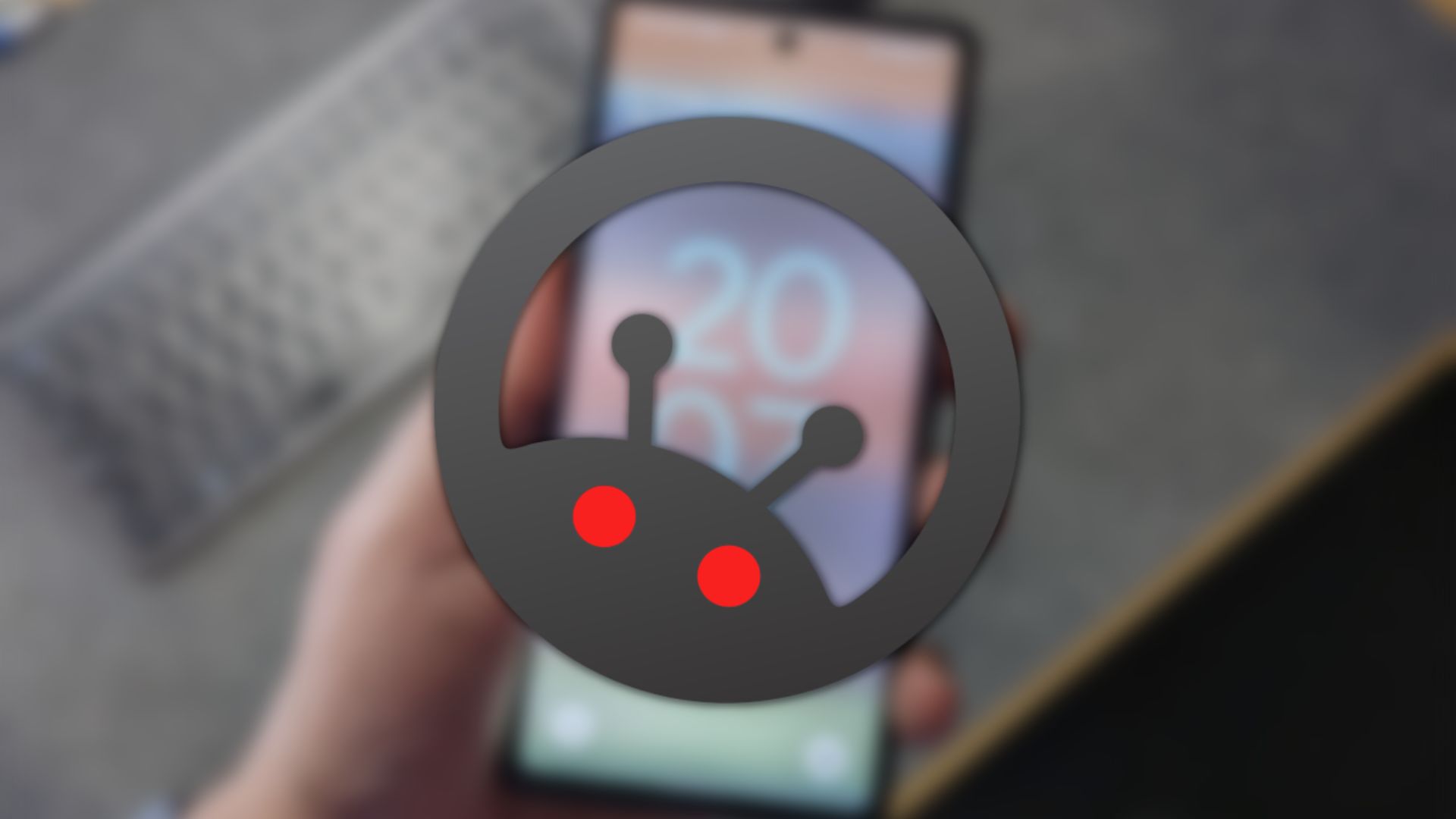Seit der vergangenen Nacht ist Android 5.1 für das Nexus 6 verfügbar und ich konnte nicht warten. Natürlich habe ich sofort die manuelle Installation vorgenommen und war in den ersten Minuten von einer tatsächlich spürbaren Steigerung der Systemleistung überrascht. Habe das aber zunächst auf den Neustart des Gerätes geschoben, nach meiner gestrigen Ersteinrichtung, doch es gibt tatsächlich andere Gründe dafür. Wie Francisco Franco erklärt, der eher für den Franco Kernel bekannt ist, hat Google unter der Haube ein paar Verbesserungen vorgenommen.
Jetzt unseren WhatsApp Newsletter-Kanal abonnieren!Jetzt werden deutlich besser die vier verfügbaren Prozessorkerne genutzt, was enorm dem „Kernel Task Scheduler“ entgegen kommt, der so die Last deutlich besser verteilen kann. Des Weiteren wurde wohl ein überflüssiger „Boost“ von Qualcomm deaktiviert. Tatsächlich rennt das Nexus 6 jetzt noch mehr, soll aber auch bei der Akkulaufzeit bessere Ergebnisse als zuvor erzielen.
In case you’re wondering why your Nexus 6 feels so darn fast and smooth on Android 5.1, besides all the improvements on ART and possibly a lot of code cleaning and optimizations on the Framework – the device is now running full quad-core mode all the time which helps tremendously because the Kernel task scheduler can distribute the workload through all these cores so you’ll get the perception that the device is not hanging anymore.
They also disabled the built-in thread migration boost routines – if you don’t know what this is about it’s a driver made by Qualcomm that receives a notifier from the task scheduler when one thread migrated from one cpu core to another, and to minimize perceived lag it boosted the destination core to the same, or greated, frequency than the origin core:
1 – thread moves from cpu0 to cpu2
2 – driver is notified
3 – reads the current cpu0 frequency
4 – if cpu2 current frequency is less than cpu0’s read frequency it boosts cpu2 to that freq, or, if the origin freq is lower than the threshold (which is 1.7GHz by default AFAIK) it boosts to that threshold value.
5 – the boosted frequency on cpu2 stays there for at least 20msThese migrations can occur dozens of times per-second. One of the things that I did on FK was disabling all this to conserve battery (and we don’t really need all that boosting with this chip).
I’m sure Google did the math and a lot of power measurements and found out that the gains outgain the losses, so they disabled this, and I applaud them.So these two changes balance themselves out, and I can imagine that 100% stock users will be pleasantly surprised by the improved battery life.
Unfortunately we’re still dealing with full 3 second cpu boost on touch events… we don’t need long of a boost, specially at 1.5GHz… Comon Google.
I don’t know what other improvements they did on the Kernel, the source is not up yet, this is all I know for now.
(via Google+)
